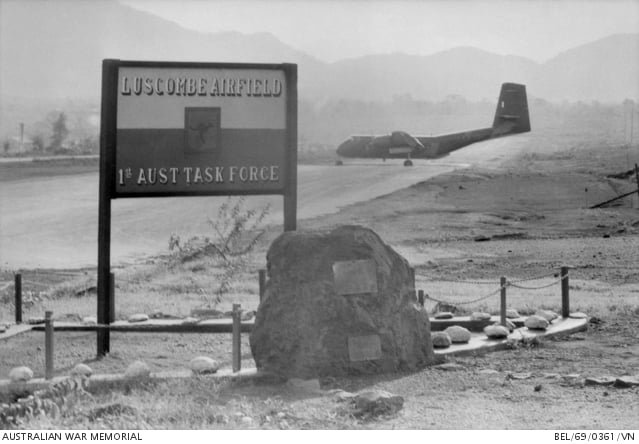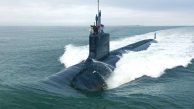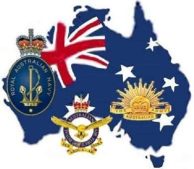
Luscombe Airfield: The Lifeline of 1ATF at Nui Dat
Image: Christopher Bellis (AWM BEL/69/0361/VN)
Luscombe Airfield was the primary runway servicing the 1st Australian Task Force (1ATF) base at Nui Dat, located in Phuoc Tuy Province, III Corps Tactical Zone (CTZ), during the Vietnam War. This strategically significant airstrip played a vital role in sustaining Australian military operations, enabling the rapid deployment of troops, equipment, and supplies.
In this image, taken in June 1969, a Royal Australian Air Force (RAAF) Caribou transport aircraft can be seen pivoting on the runway after landing. The Caribou, renowned for its short takeoff and landing (STOL) capabilities, was a workhorse for the RAAF, ensuring a steady flow of logistics and personnel to and from the war zone.
Luscombe Airfield was named in honor of Lieutenant Bryan Taylor Luscombe, the first Australian Army pilot killed in action during the Korean War. Its construction began shortly after the establishment of the 1ATF base in 1966, with Royal Australian Engineers and Army aviation personnel working under challenging conditions to carve the airstrip from the dense jungle.
The airfield was officially opened on 5 December 1966 in a modest ceremony. A small guard of honour, composed of engineers and Army aviators, stood flanked by light aircraft and earthmoving equipment. Brigadier Oliver David Jackson, the Commander of 1ATF, presided over the event, unveiling a commemorative plaque to mark the occasion.
Luscombe Airfield remained a crucial logistical hub for the duration of Australia’s involvement in Vietnam, facilitating resupply missions, medical evacuations, and troop movements until the withdrawal of 1ATF in 1971.



